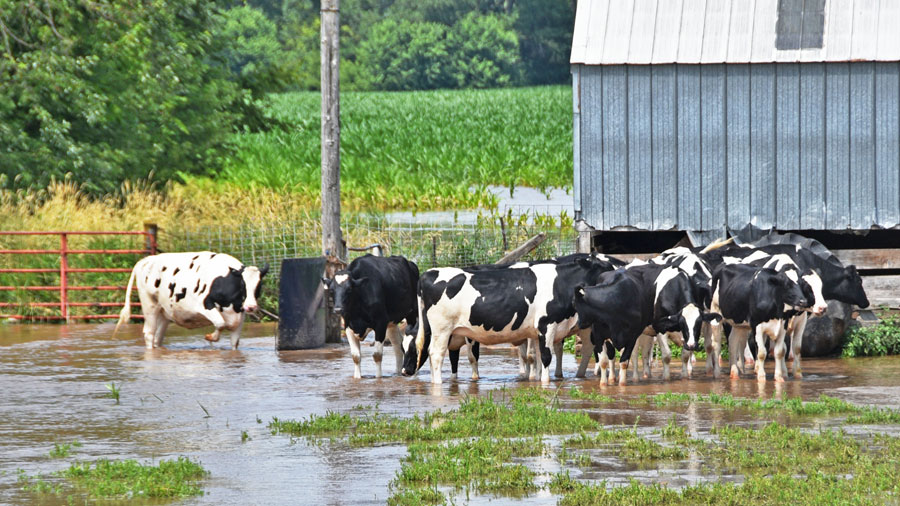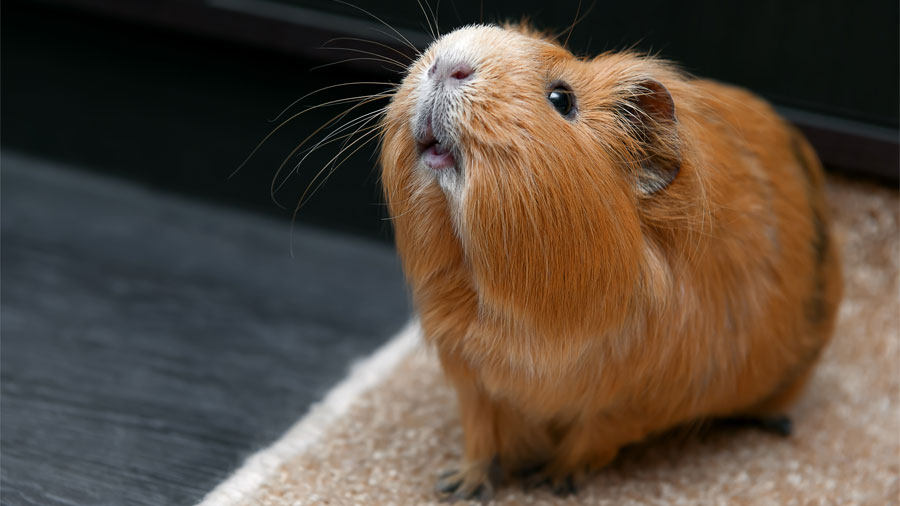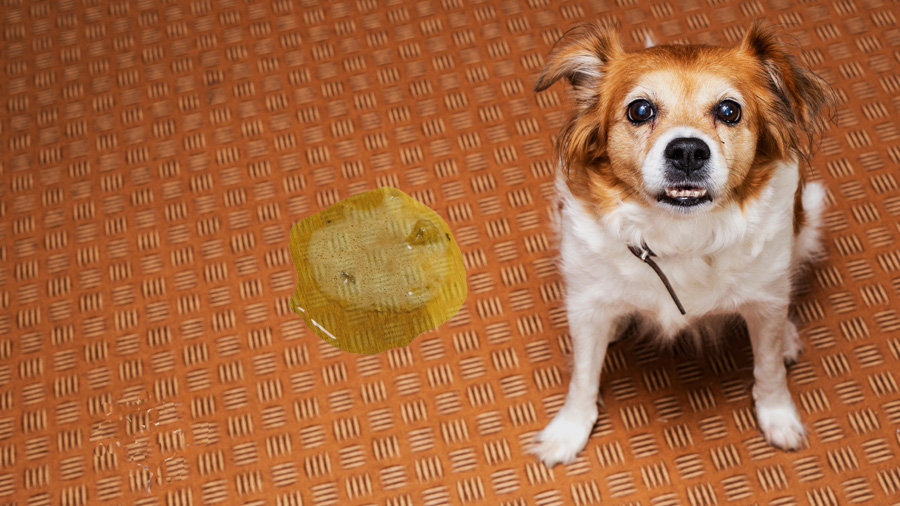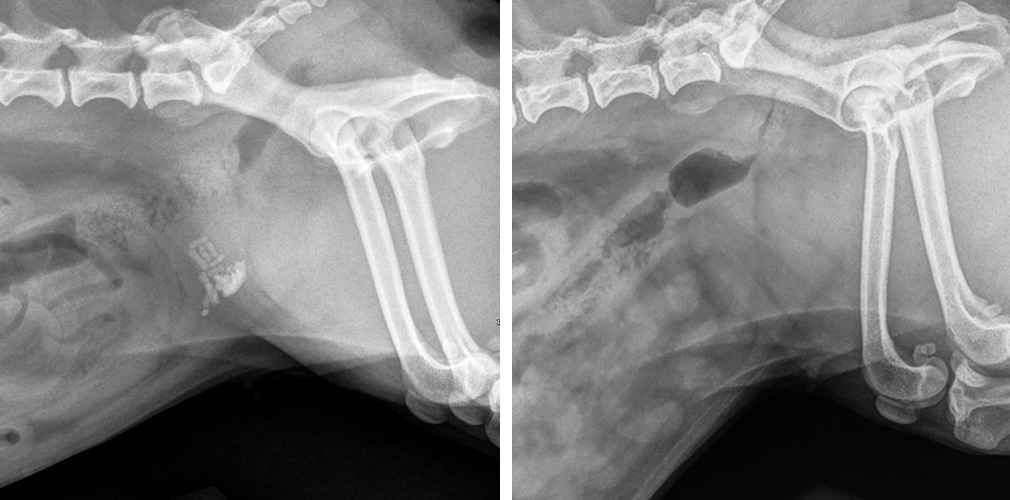When tornado sirens become frequent and sudden storms appear out of thin air, it becomes apparent there is a need for a disaster preparedness plan for farmers and large animal owners alike. What happens when disaster strikes and a herd of cattle are grazing pasture?
Dr. Yvette Johnson-Walker, a faculty member at the University of Illinois College of Veterinary Medicine, has decades of experience training organizations on animal emergency preparedness. She outlines important points for making an agricultural animal disaster preparedness plan.
The Disasters
While farmers are no stranger to natural disasters, the increase in frequency and destruction of climate-related disasters have been catching many off guard.
“One of the big concerns resulting from climate change is that we are seeing a lot more extreme weather events,” Dr. Johnson-Walker explains. “So even in places where they typically anticipate certain types of natural disasters, we are seeing these events much more frequently, and they are much more severe.”
From wildfires that ignite forests in an instant, to slower moving but still devastating floods, to ice storms that damage infrastructure, many disasters force people to evacuate their homes. But what about their livestock, which represent their livelihood or may feel like family members? Caring for these animals in extreme situations requires creating a disaster preparedness plan long before the problems arise.
Animal Health and Welfare
A disaster preparedness plan puts animal health and welfare at the forefront.
“One of the biggest things that we often overlook is simply the mental stress and strain on owners of the animals, and the stress and anxiety and fear on the part of the animals,” Dr. Johnson-Walker states. “Animals may need some behavioral health and support from that trauma and understanding from people that the behavior may or may not be impacted by that stress.”
It is also important to follow an appropriate vaccination protocol, because the risk of infectious disease increases with natural disasters due to stress, environmental conditions, and contact with other domestic or wild animals.
“There’s always the risk of disease transmission or, if there is an infrastructure failure, the potential for domestic animals to be exposed to wildlife who are also trying to make it through the disaster.”
In certain circumstances when domestic animals between farms or locations must commingle, proof of vaccination is required to have access to an available shelter.
The Plan
It can be a big challenge for producers with large numbers of animals to evacuate them quickly, or even to evacuate them at all. Nevertheless, steps can be taken to ensure safety and return of livestock to owners quickly after a disaster happens.
“Make sure each and every individual animal is identified and that you have proof of ownership,” Dr. Johnson-Walker advises. “If you are separated from your animals during that recovery phase, and if first responders can rescue your animals, then there’s an opportunity for them to be returned to you.”
Additionally, the decision should be made whether to enclose the animals or to let them go and allow them to find their own shelter or high ground in events such as flooding. This decision may depend on the disaster.
If evacuation is feasible and possible in the time provided before the disaster, then it is important to have a designated evacuation route already in mind.
“Think about what your evacuation route might be and also plan for an alternative route in case that primary route is not available due to roads having been blocked off or traffic diverted,” says Dr. Johnson-Walker. “However, often a limiting factor is having access to trailers and vehicles that can move large animals.”
How to Go, Where to Go, Whom to Know
To navigate this challenge, as well as others surrounding the disaster, it is important to rely on neighbors and community to help. “Perhaps make some arrangements and plans or have agreements in place with someone who might be able to haul your livestock in a disaster and have personnel who are able to drive and transport livestock safely during an emergency,” Dr. Johnson-Walker says. “When those agreements are made in advance, it’s much more likely that they’ll be recognized and upheld.”
The same should apply to having a designated destination or safe place for the animals. “If you are planning to evacuate and you’ve identified the destination, make sure that, when they get there, needed supplies such as feed, water, and access to veterinary care are available.
Other tips include keeping a weather radio, downloading and subscribing to notifications from apps for weather information, and following recommendations from local authorities.
“Lastly, I’d say have contact information for your local emergency manager or animal control so that they can give you information on resources that may be available in your community. They are going to be working in collaboration with state, federal, and other local agencies that are involved in coordinating a response, and so they will have information about how to best access aid and prepare for a disaster.”
Prioritize Human Family Members
In the end, keeping the human family safe is the ultimate goal. Owners should take risk assessment and assure human safety during a disaster, and especially when aiding or transporting the animals.
“It’s going to be important for you to take the steps that you can to protect yourself. If you don’t survive, then there’s no one to take care of your animals even if they do make it.”
Dr. Johnson-Walker continues, “If you can protect the human members of the family, it increases the chance of animals also having a positive outcome.”
If you are seeking more information on care of your animals, before or after a disaster, contact your local veterinarian, University of Illinois livestock Extension agent, the Illinois Department of Agriculture, and USDA veterinarians.
By Lauren Bryan




